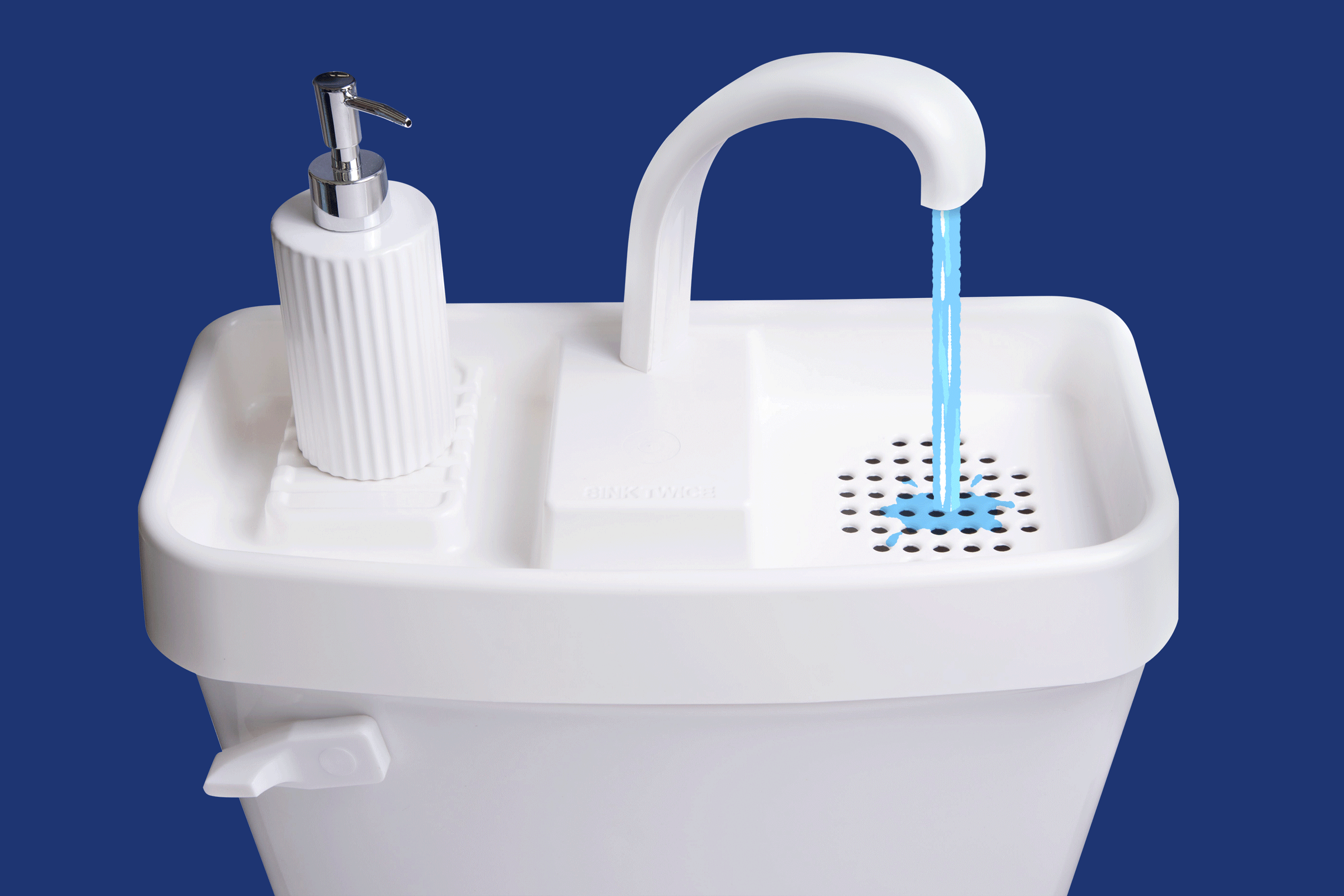SOCAL STYLE / Home & Garden : Shower Power : The Humble Watering Can Offers Rewards No Hose Can Match for a Lazy Gardener,
- Share via
For a lazy gardener, I’m unreasonably attached to my watering can. When time is short, instead of spending it on essentials--planting, weeding and pruning--I’ll waste an hour hand-sprinkling beds I could spray in minutes with a hose. Why? Because when I fill, haul and tip a watering can, I pay attention to my garden. I notice bug holes and leaf wilt, budding flowers and new fruit. I inhale scents more deeply.
Unwieldy, shoulder-wrenching and just plain slow, a watering can may be a quaint relic from a quieter time. Yet its humble profile--one arm primed for the human grip, one outstretched, ready to go to work--marks it as a gardener’s ally, the most personal of landscape tools. Wave a hose from a distance and you can get distracted, splattering on too little or too much water and even flattening what you’re trying to grow. With it’s fine-holed head (known as a “rose”) that mimics the action of spring rain, a watering can is more considerate. It brings you closer to your plants and connects you to an old tradition: drawing and hauling water to coax bounty from the earth.
While human beings have done this throughout history, one of the first vessels designed specifically for watering dates from the 1500s, when some clever soul poked holes in the base of a jug, filled it up and then corked or uncorked the top with a thumb to withhold or release water. In the 1600s, an English earthenware version assumed a pitcher-like shape, with a curved handle and perforated rose. Brass and copper cans appeared a century later in Holland and France, but eventually, cheaper metals such as tin, iron and steel were used, often coated with zinc for a protective, galvanized finish.
Today most metal cans are galvanized and come in several basic shapes--the classic English-style cylinder that Peter Rabbit huddled in; an oval French-style with looping grip; a squat, long-handled model, made by the premium English firm of Haws and developed, according to literature from Smith & Hawken, “before the turn of the century for use on John Haw’s vanilla farms.”
For those who balk at dropping $50 or $60 for a modern copy of a timeworn classic, consider that vintage cans can top $100, and they may not even hold water. “Most people buy ours as ornaments,” says Vivian Levy, owner of Demolicious, where Belgian, French and American cans from the 1930s to 1950s run $65 to $95.
On a purely functional level, according to Jeff Taylor in his 1998 book, “Tools of the Earth,” you can expect a galvanized steel can to last about 60 years. After that you can, of course, repair it, something the resourceful Taylor, who lives in rural Oregon, has done. “First,” he writes, “I drilled the leak point to make a circular quarter-inch hole, and then I installed a nut and bolt with rubber washers on both sides. Once tightened, the bolt sealed the leak, until the next one . . . “
As a sensible alternative, you can always buy an indestructible plastic model from a home and garden store for less than $10. My first watering can, a bright green eyesore, was one of these. Lately, hating the sight of it among my beds, I’ve been shopping around--admiring the brass-handled, English-style Haws, and the made-in-China French-style version from the Martha Stewart Everyday Garden collection. Both are stable and big, easy to pick up and swing, and each would satisfy my need for contact with my plants--and do it handsomely. If I bought both, they could spell each other and maybe outlast their 60 years. Needless to say, the relic then would be me, kneeling with trembling arms to shower a few last drops on my favorite rose.






